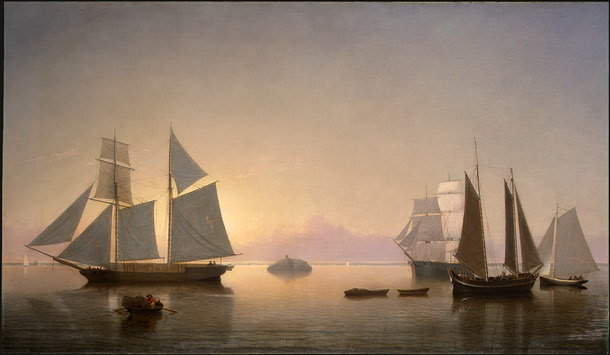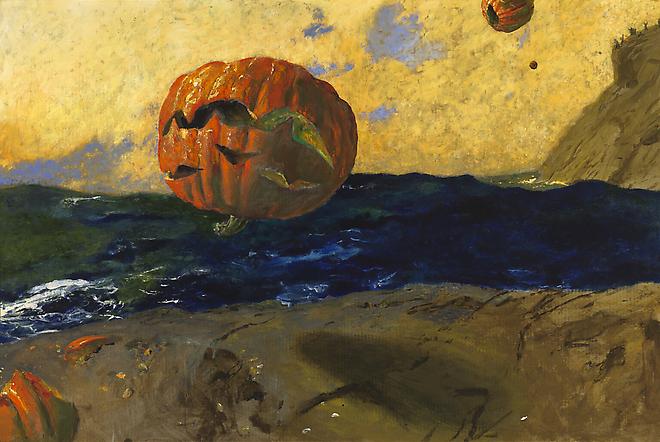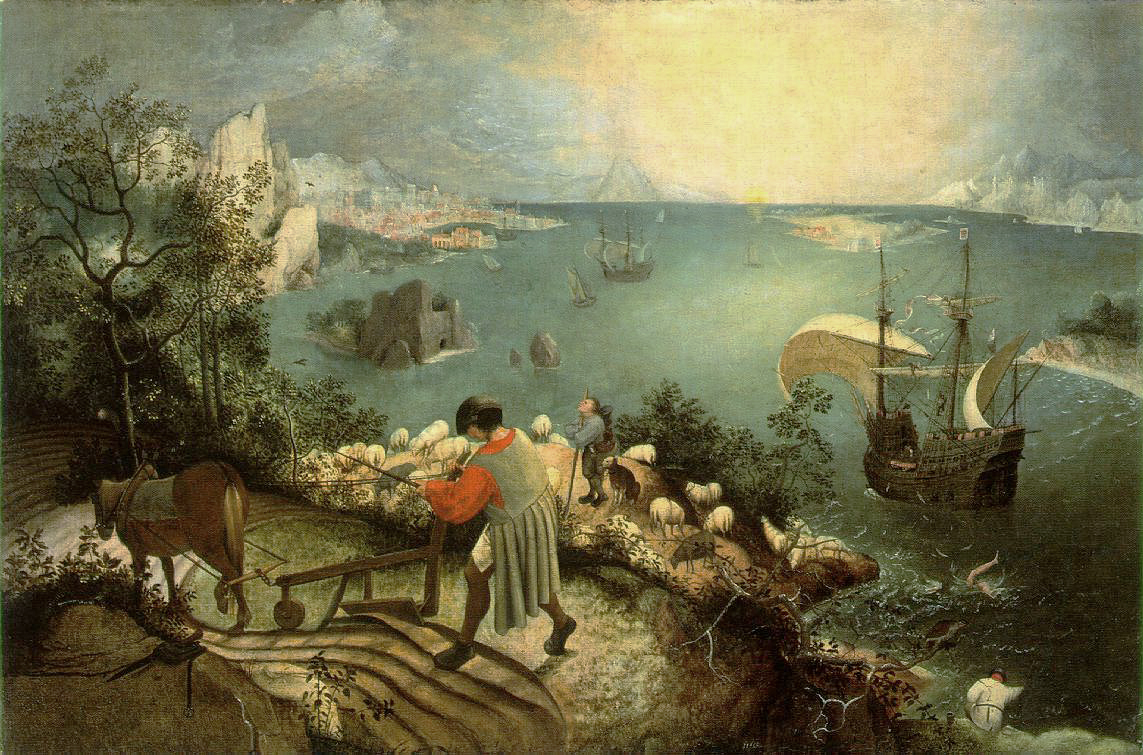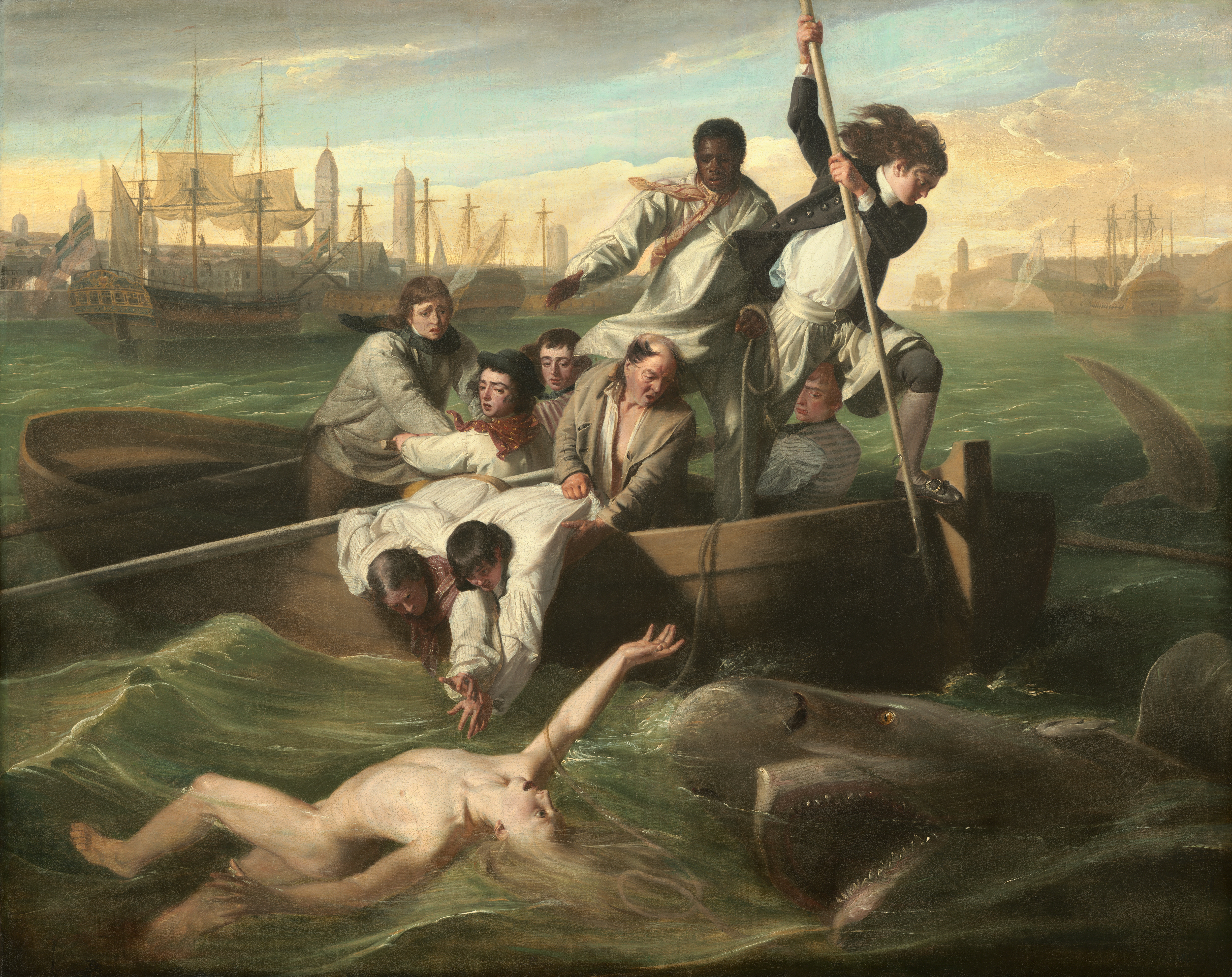 |
| Aurora Borealis, 1865, Frederic Edwin Church |
Strange, fiery forms uprise
On the wide arch, and take the throngful shape
Of warriors gathering to the strife on high,—
A dreadful marching of infernal shapes,
Beings of fire with plumes of bloody red,
With banners flapping o’er their crowded ranks,
And long swords quivering up against the sky!
On the wide arch, and take the throngful shape
Of warriors gathering to the strife on high,—
A dreadful marching of infernal shapes,
Beings of fire with plumes of bloody red,
With banners flapping o’er their crowded ranks,
And long swords quivering up against the sky!
(John Greenleaf Whittier)
The Northern Lights, or Aurora Borealis, are caused by the collision of charged solar plasma with Earth’s magnetic field. The arc of darkness in Church’s painting, above, is not something I’ve ever seen here along Lake Ontario, but Church was painting from a a sketch and description from Arctic explorer Isaac Hayes. Apparently, the arc is caused by alignment to magnetic north.
You can tell the information was secondhand, because the color shifts in the Northern Lights are in reality layered one on top of another like rainbow jello. Church—a keen observer of nature—would not have made such an elemental error.
The wormy shapes in Church’s painting appear in no photograph I’ve ever seen of the Northern Lights, but they somehow convey the dancing motion better than any still photo does.
By the time Church painted his Aurora Borealis, scientists understood the displays to be connected to solar activity. However, that was new knowledge at the time of the American Civiil War. On September 1-2, 1859, the largest solar flare ever recorded caused visible Northern Lights as far south as the Caribbean. Another large solar flare, visible into Virginia, occurred on December 23, 1864. Even a rational people could be forgiven for seeing portents in these events.
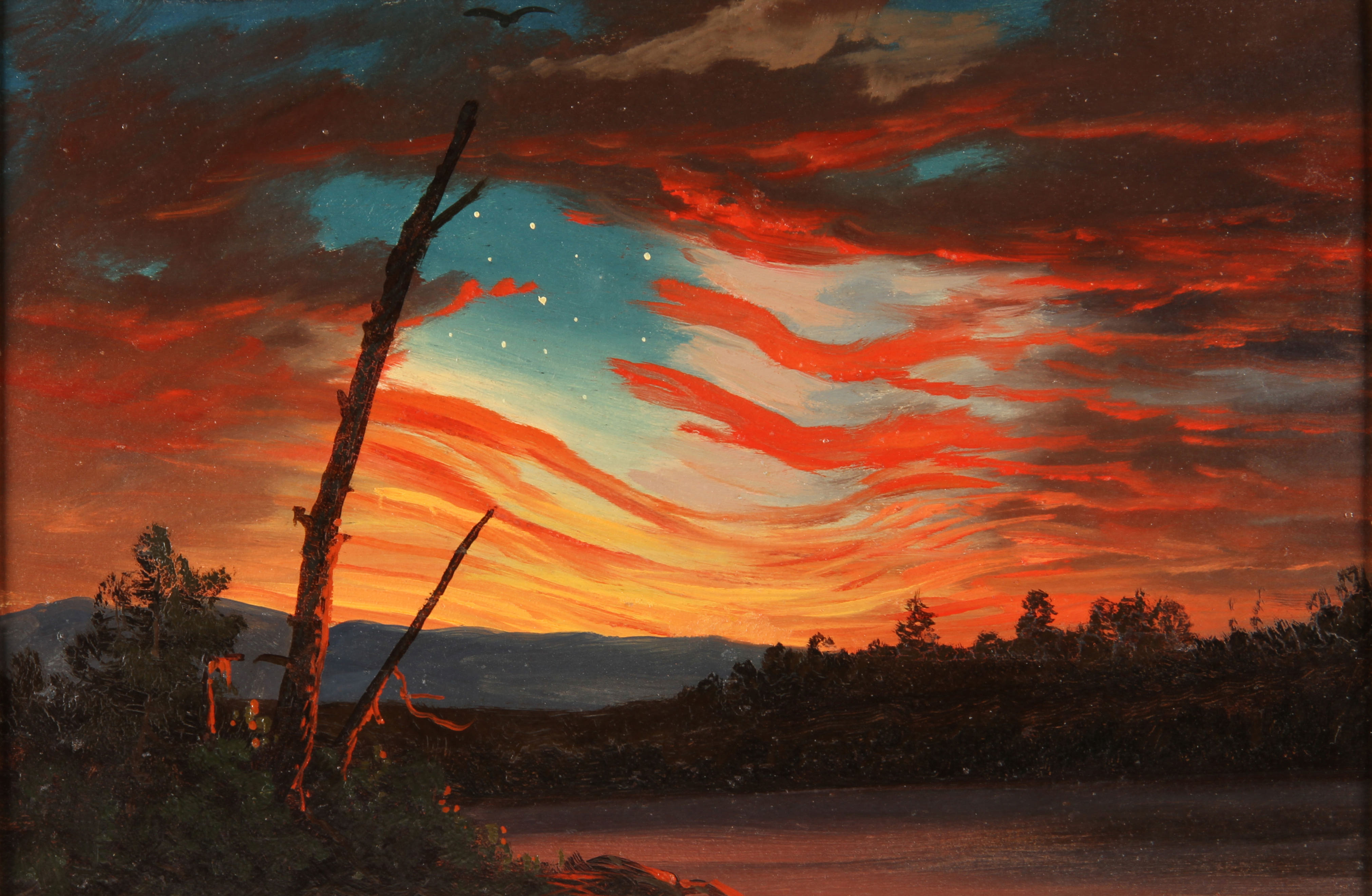 |
| Our Banner in the Sky, 1861, Frederic Edwin Church |
Linking the Aurora Borealis and war and destruction is as old as the written word. Pliny the Elder wrote of it as a “flame of bloody appearance… which falls down upon the earth.” A spectacular Aurora Borealis that appeared in London in 1716 was linked to Jacobite rebellion in Scotland.
| My sketch of the northern lights in Maine. |
Today I sketched the Aurora Borealis over Owl’s Head Lighthouse. Although I have seen the Aurora Borealis many times, I must rely on photo reference for the lights themselves, for I now live in a city where light pollution obscures the Northern Lights. I’m taking artistic license in pointing my scene to the north, but only a native will realize that.
Let me know if you’re interested in painting with me in Maine in 2014 or Rochester at any time. Click here for more information on my Maine workshops!






